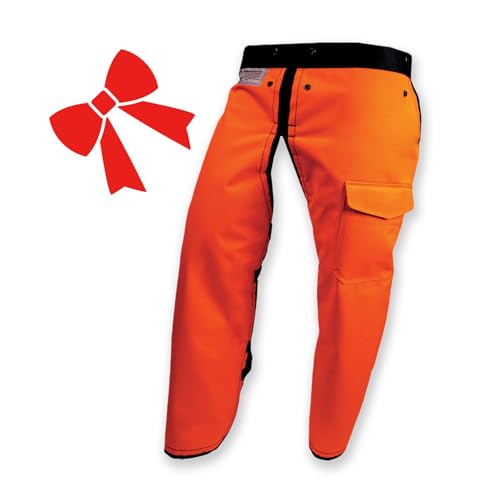martrix
ArboristSite Operative
cool, very interesting Bob. Keep up the top research work! opcorn:
opcorn:
Was there any issues with water being drawn inside the chain cover and getting inside the saw body?
I guess it wouldn't matter too much any way, theres not much thats going to rust in there.
Was there any issues with water being drawn inside the chain cover and getting inside the saw body?
I guess it wouldn't matter too much any way, theres not much thats going to rust in there.
Last edited:

























































